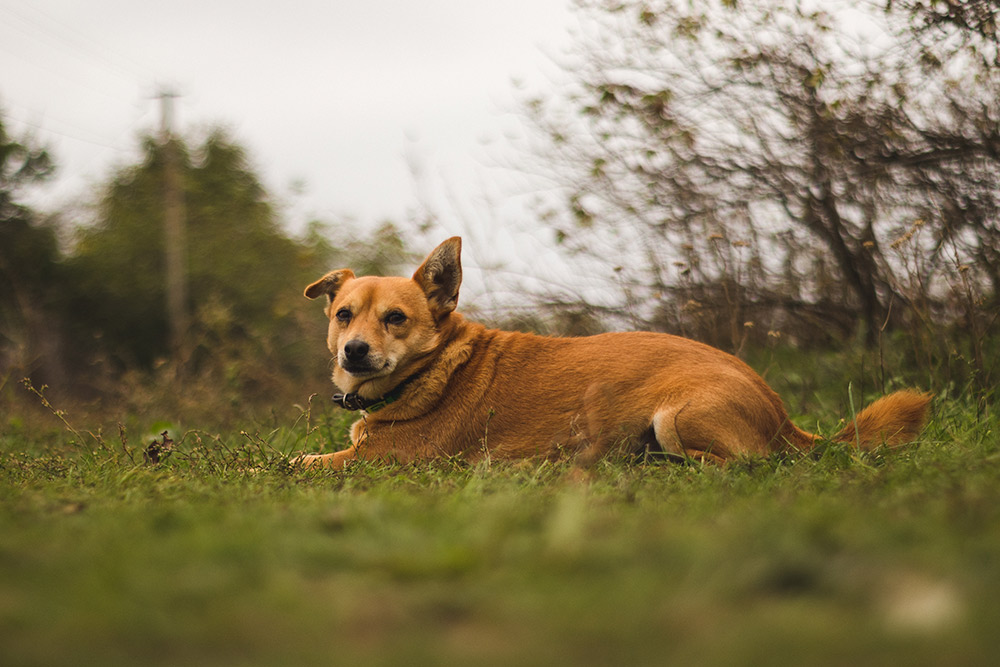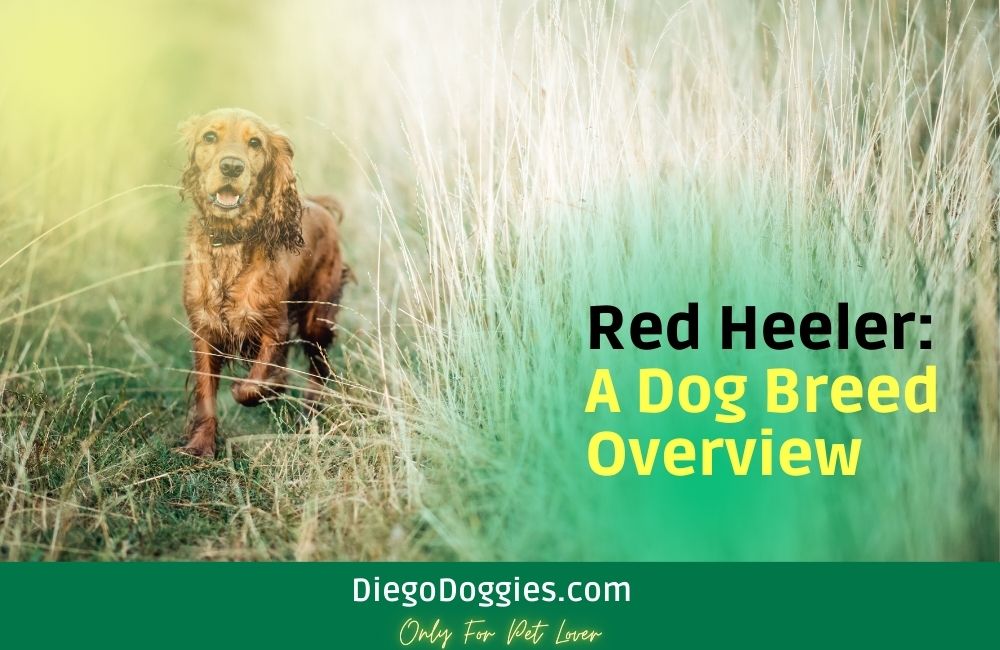Red Heelers are an Australian cattle dog breed that is known for its intelligence, strength, and agility. They were bred to herd cattle and are incredibly versatile dogs that can be used for various purposes. Red heelers make excellent working dogs and are also popular pets. In this blog post, we will discuss the Red Heelers in detail – including their physical characteristics, temperament, and how to care for them.
Why are they called Red Heelers
The Red Heeler was named for the color of their coat, which is usually red but can also be blue or fawn shades. The name “Heeler” comes from their herding instinct – these dogs are known to nip at the heels of livestock to move them in a particular direction. This makes them valuable working dogs for farmers and ranchers who need help with herding their livestock.
History of Red Heelers
Red Heelers were developed in Australia in the early 19th century to help herd cattle. They were initially called “Hall’s Heelers” after Thomas Hall, an Australian cattle farmer who bred these dogs from a mix of native dingoes and Collie-type dogs imported from England. The name “red heeler” was adopted later because of the reddish hue of their coats.
Physical Characteristics
Red Heelers are medium-sized dogs with an average height at the withers that ranges between 18 and 20 inches for adult males and 17 to 19 inches for adult females. They usually weigh between 30 and 45 pounds.
These dogs have short, dense coats that come in red, blue, and fawn shades. They have broad heads and usually brown almond-shaped eyes that are set wide apart. Red Heelers also have strong and muscular bodies with athletic builds.

Temperament
Red Heelers are intelligent, energetic, loyal, and brave dogs. They can protect their owners if they perceive any threat or danger. Red heelers require consistent training from the time they are puppies to keep them from becoming aggressive toward strangers or other animals.
Care Requirements
Red Heelers need lots of physical exercises and mental stimulation daily to stay healthy and fit, should be taken for walks or jogs daily and allowed to play in a fenced-in yard. Red Heelers also need regular brushing and grooming to keep their coats looking neat and healthy. These dogs should also be taken to the vet for routine checkups and vaccinations.
Red Heeler Diet and Nutrition
Red Heelers need a balanced diet and should be fed two meals daily. Their diet should consist of high-quality dry food formulated specifically for their age and activity level and fresh fruits and vegetables. Red Heelers make lovely pets and working dogs because of their intelligence, strength, and loyalty. They can become great companions for life with the proper training and care!

Get to Know the Red Heeler in Seven Questions!
1. Are Red Heelers Good Family Pets?
Red Heelers can make wonderful family pets if they receive early socialization and training. They are very loyal and protective towards those they love, so they may be wary of strangers entering the home. With proper care and attention, Red Heelers can become wonderful companions and a great addition to any family.
2. Are Red Heelers easy to train?
Yes, Red Heelers are easy to train if they have consistent training from the time they are puppies. They need firm handling, but reward-based methods such as positive reinforcement will help them learn quickly. With patience and dedication, you should be able to train your Red Heeler in no time successfully!
3. Are Red Heelers High Maintenance?
No, Red Heelers are not very high-maintenance dogs. They require daily exercise and mental stimulation to stay fit and healthy, but their grooming requirements are minimal – just a few brushings and baths a month. They do need routine health checkups and vaccinations, so be sure to take them to the vet regularly. Red Heelers are low-maintenance dogs that make wonderful family pets with proper care and attention. They are loyal, brave, and smart – the perfect companion for any pet lover!
4. Will a Red Heeler Protect You?
Yes, Red Heelers can be protective of their family if they sense danger or perceive a threat. They are loyal and brave dogs that will do whatever it takes to protect their loved ones.
However, Red Heelers require consistent training from an early age to ensure they do not become overly aggressive towards strangers or other animals. With proper care and attention, Red Heelers can make great companions and protectors!

5. Are Red Heelers Hard to Train?
Red Heelers are intelligent dogs that can be easy to train if you use consistent methods. However, like any breed, they may present some challenges as they learn. The key is to remain patient and consistent with your training methods, using positive reinforcement when possible. Red Heelers need firm handling but also lots of rewards for good behavior to thrive. With proper care and attention, you should be able to train your red heeler successfully!
6. Are Red Heelers Good Watchdogs?
Yes, Red Heelers make excellent watchdogs due to their protective nature and alertness. They are loyal and courageous animals that will bark or growl at intruders if they sense any threat. Red Heelers can be a great asset to any home, if they are properly socialized and trained.
7. Are Red Heelers Easy to Care For?
Yes, Red Heelers are low-maintenance dogs that require minimal grooming and care. They need regular exercise and mental stimulation to stay healthy, so ensure you provide plenty of opportunities for your dog to stretch its legs outside.
Additionally, brush your Red Heeler’s coat regularly, take them for routine checkups and vaccinations at the vet, and feed them a high-quality diet suitable for their age and activity level.
Conclusion
Red Heelers are an intelligent, loyal, and strong breed of dog that are great companions for active families. However, with proper care and attention, Red Heelers can make excellent pets that provide years of joy and companionship.
Related Contents
- 11 Best Dog Breeds for Kids and Families
- Eight Dog Breeds That Are Good With Horses
- Presa Canario vs Cane Corso – Which Breed is Right for You?
- The Best Dog Toys to Keep Them Busy: Suited for Breed and Environment
- The Eight Best Dog Breeds for RV Living
- What Can You Put On Your Hairless Dog Breeds For Dry Skin?
- What Small Dog Breeds Are Hypoallergenic
- Which Are the Healthiest Dog Breeds (Need to know)
- Which Dog Breeds Have Blue Eyes- Blue-Eyed Beauties
- Why Extreme American Bully Breeds Are Better Family Dogs

